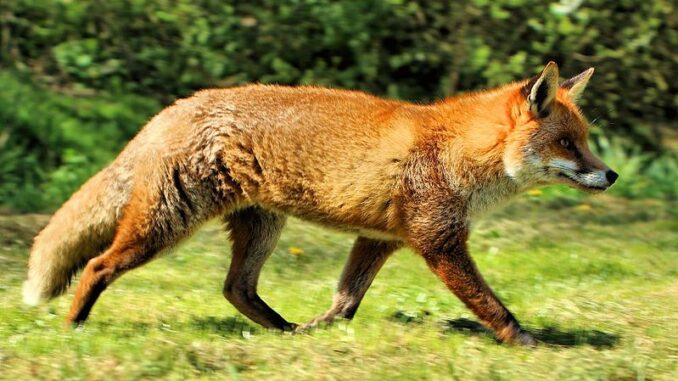
Surprisingly, there are only twelve species of true foxes in our world (and 45 subspecies). The largest and most common is the red fox, Vulpes vulpes, the species most people think of first whenever the subject of foxes comes up in conversation (and you know it’s bound to). The red fox is native to North America, Europe, Asia, and limited parts of North Africa.
V. vulpes was introduced in Australia by colonists in the early 19th century, with devastating effects on native species. Foxes are predators, and they are also preyed upon in their native lands which keeps them in check, but they lack natural predators in Australia. As a result of Australia’s experience with the invasive critter, New Zealand has banned importation of the animal.
These animals are social and dwell in small groups, most often as a mating pair with one or more liters. Older siblings help raise younger kits, as fox newborns are called. Rodents and rabbits are most frequently on the menu, but they’ll also catch and eat squirrels, small birds, invertebrates, and reptiles. They are also known to eat fruits and vegetables.
Scientific Classification
Kingdom: Animalia
Phylum: Chordata
Class: Mammalia
Order: Carnivora
Family: Canidae
Genus: Vulpes
Species: V. vulpes
Binomial name Vulpes vulpes
(Linnaeus, 1758)
Man has been encroaching on nature for decades, and as a result, many fox species have been more than happy to make urban and suburban landscapes their new home.
“Red Fox Sounds & Calls – Scary screams, barking call & howling noises by a wild fox.” (2:31)
